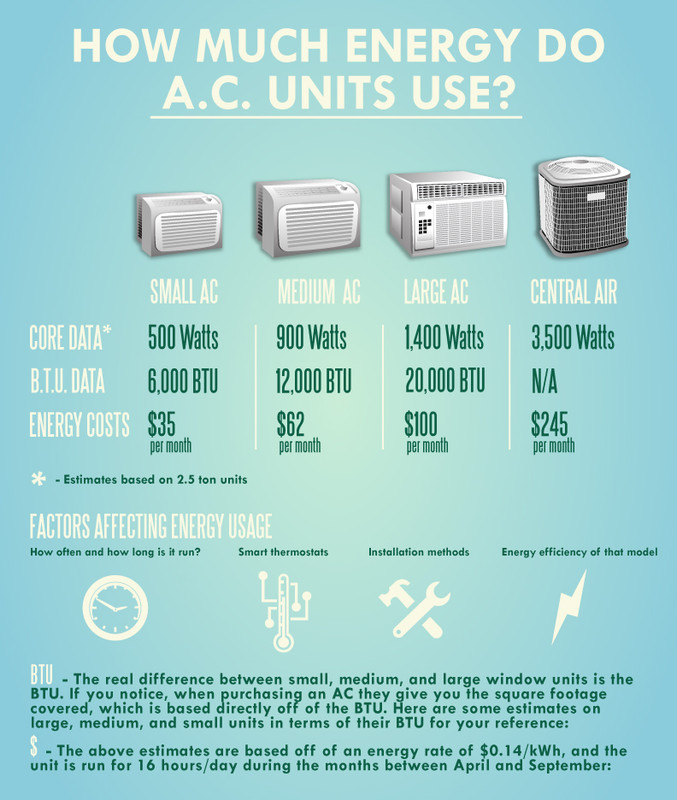
Can you picture life without air conditioning? Sweltering heat waves that can melt the rubber on your shoes, cook an egg on the dashboard of your vehicle, and make it almost impossible to have a great night's rest-- sounds miserable!
Let's face it, life without A/C would not be the exact same. Did you know, that prior to the 20th century, ice was really harvested for refrigeration? It was cut into 1-ton blocks, delivered throughout the nation and utilized in 'ice-boxes' to keep food fresh. Thankfully today, refrigeration has been significantly enhanced given that its introduction in 1834.
By knowing how your home's A/C system works, you'll be able to make it run better and longer, and if it should break throughout the pet days of summertime, more positive discovering a replacement.
What is Central Air?
Because the 1960s, central air systems have actually been the most common design of cooling in America.
Finest defined by the condenser system outdoors and ducts bring cool air throughout the house, a central air is in some cases referred to as a "split-system" due to the fact that the indoor and outside parts are separated.
How It Works
Comparable to how a sponge absorbs water, central air conditioning conditioners absorb the heat from inside the home and eject it outside through a procedure called "the refrigeration cycle."
It's easy to comprehend how an air conditioning system works as soon as you see how the parts run together.
Parts of a Cooling System
Split into 2 parts; a system will consist of an outside condenser unit (below) and a coil housed on top of the heating system or inside air handler. The outside condenser, which does most of the work, runs in tandem with the air handler/furnace that distributes the conditioned air into spaces of your house.
The Refrigeration Cycle
The cooling process begins when the thermostat discovers the interior temperature has increased above the setpoint. It signifies the control board in the air handler and enters into action.
1) The internal blower attracts the hot, moist indoor air from the return ducts into the air handler/furnace cabinet to be conditioned.
2) Filthy air getting in the cabinet initially passes through an air filter that traps dirt and particles.
3) The tidy air then travels through the evaporator coil. Using metal fins to increase its surface location, the evaporator coil extracts heat and moisture from the warm air as the air travels through it. The clean, cool air is distributed throughout the home.
4) A pair of copper tubes including refrigerant, called a Line Set, link the indoor coil with the outdoor condenser.
5) The condenser dissipates the heat trapped inside the line coming from the evaporator coil by biking it through its coils where a fan at the leading presses air to accelerate the procedure. The refrigerant is then compressed and takes a trip back to the indoor evaporator coil, where the cooling process continues.
HVAC Cheat Sheet
It's a good concept to acquaint yourself with the technical language utilized by A/C experts to comprehend your system when it comes to making repairs or buying a brand-new unit.
A/C - Means heating, ventilation, and air conditioning. This acronym is utilized to categorize all devices utilized to regulate air temperature, humidity, and air quality.
Split-System - In recommendation to parts of the system operating both inside your home and outdoors. In a split system, the condensing system is discovered outside.
BTU - British Thermal Units - a measurement of how much heat energy can be gotten rid of from the air in an hour.
Heap - A measurement that refers to the cooling capacity your system can supply under typical conditions. 1 Ton amounts to around 12,000 BTU's. Lots https://air-conditioning-edmonton.ca are frequently utilized when sizing an unit for your house, which can be figured out based upon the square footage needed to be cooled or heated.
Unmatched Proficiency
Easily, the heater, cooling, and electrical systems all work instantly, without us needing to fumble around in the basement or worse, a hot attic. Till something goes incorrect.
Understanding your a/c system may seem overwhelming in the beginning, however when you have the fundamentals down, you'll have the ability to comprehend not just how your system works, however also understand lingo to make buying a replacement simple.